In short: No, men and women don’t need different skis. While the ski industry has long separated gear by gender - offering lighter, softer, and shorter skis for women - this approach doesn’t work for everyone. A skier’s weight, skill level, and style matter way more than gender when choosing equipment.
Enter Snowfeet*, a brand shaking things up with universal winter sports gear. Their products, like skiblades and skiskates, skip the gendered design altogether. Instead, they focus on simplicity and performance for anyone, regardless of size or skill. Bonus: They’re portable, affordable, and easy to use.
Here’s the deal:
- Traditional skis: Men’s and women’s options differ in length, weight, and stiffness. Women’s skis often cost more, and the designs can feel limiting for advanced skiers.
- Snowfeet*: One-size-fits-most gear with adjustable bindings. Works with regular winter shoes or snowboard boots. Same price for everyone.
The takeaway? Gendered skis are outdated. Gear like Snowfeet* proves winter sports can be simpler and more accessible for all. So, whether you’re carving slopes or just having fun in your backyard, it’s time to rethink what you’re strapping to your feet. :)
Difference Between Mens and Womens Skis by Skis com
1. Traditional Gendered Skis
For years, the ski industry has divided gear into men's and women's categories. Walk into stores like REI or Dick's Sporting Goods, and you'll see separate sections for each, with differences in style, design, and even pricing. This long-standing approach has shaped how we evaluate performance, accessibility, and value in ski gear.
Design Features
When it comes to design, women's skis are typically shorter and more flexible, while men's skis are longer and stiffer. Some brands even adjust the binding placement on women's skis to account for differences in body mechanics. Aesthetically, women's skis often lean toward lighter colors and intricate designs, while men's models go for bolder, stronger looks. These choices aren’t just about appearance - they directly impact how the skis handle on the mountain.
Performance Across Terrains
These gendered designs can also affect how skis perform in different conditions. For example, the softer flex and shorter length of many women's skis might not provide the same stability on steep, icy slopes or in deep powder. This has led some advanced female skiers to look for alternatives, as they find the options in women's lines sometimes fall short when tackling tougher terrains.
User Accessibility
Separating ski designs by gender can also limit options for skiers. Traditional sizing charts and gendered categories don’t always align with a skier's needs or skill level, pushing some to explore unisex or alternative designs. This segmentation can make it harder for people to find the right gear, and it often highlights broader issues in how the market approaches inclusivity.
Pricing and Value
The gender divide in ski gear doesn't stop at design - it extends to pricing too. Women's skis are often more expensive than men's, a phenomenon sometimes called the "pink tax." This price gap partly stems from lower production volumes, but it also reflects outdated assumptions that the market for high-performance women's gear is smaller. Many skiers question whether the higher price is justified, especially as more universal designs begin to challenge these traditional norms.
2. Snowfeet* Universal Gear
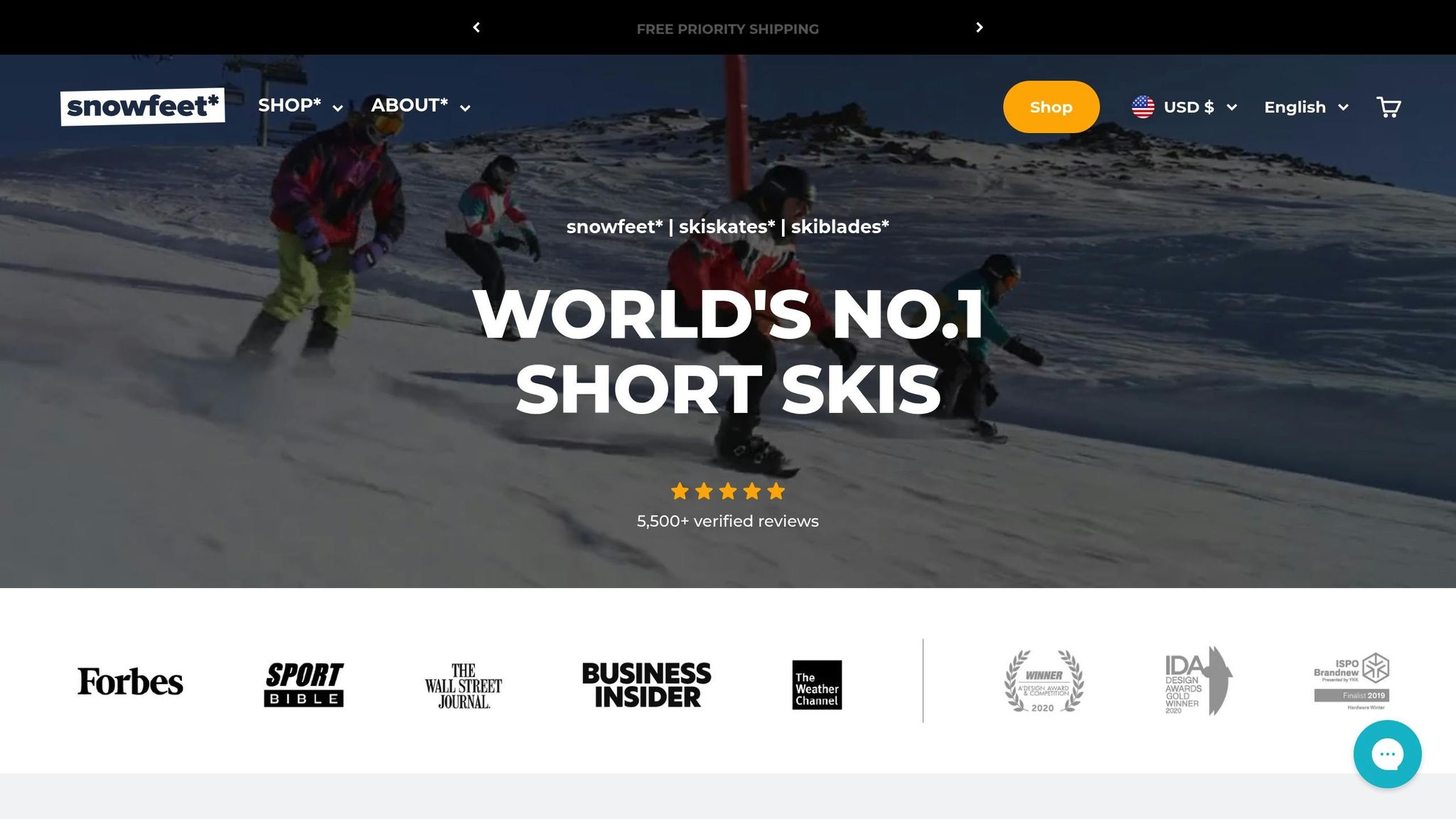
Snowfeet* takes a bold step away from the traditional gendered approach to ski equipment. Instead of segmenting gear into men's and women's categories, Snowfeet* offers a universal solution designed to work for anyone, regardless of gender.
Design Features
Snowfeet* gear is all about flexibility and simplicity. It features adjustable bindings that fit shoe sizes ranging from 6 to 13 US (38–47 EU), with the MINI model available for smaller sizes. This "one size fits all" approach eliminates the need for gender-specific versions, making it accessible to a wide range of users.
What makes Snowfeet* stand out is its ability to transform regular winter shoes or snowboard boots into fully functional ski equipment. The lightweight and compact design, crafted from durable fiberglass in Europe, means you can easily pack it into a backpack - no more lugging around bulky skis. This portability, combined with its thoughtful engineering, makes Snowfeet* a versatile choice for winter sports enthusiasts.
Performance Across Terrains
Whether you're gliding down groomed slopes, hitting snow parks, trekking along hiking trails, or simply having fun in your backyard, Snowfeet* delivers. These mini skis are designed for excellent control and maneuverability across various terrains. With sizes ranging from 15 inches (Mini Ski Skates) to 47 inches (Short Skis), they adapt seamlessly to different snow conditions. Plus, they avoid the limitations often found in gender-specific designs, offering consistent performance for everyone.
User Accessibility
One of the most appealing aspects of Snowfeet* is how easy it is to use. The learning curve is described as "pretty easy", often less intimidating than traditional skiing or even ice skating. For beginners, this means fewer hurdles to get started. Plus, falls are generally safer with Snowfeet*, which adds an extra layer of confidence for those new to winter sports.
By moving away from gender-specific sizing and pricing, Snowfeet* opens the door to a more inclusive winter sports experience. Their efforts haven’t gone unnoticed - Snowfeet* has earned industry recognition, including being named an innovation finalist at ISPO, the world’s largest sports equipment trade show, and winning the prestigious A’design award.
Pricing and Value
Snowfeet* offers a straightforward pricing model that levels the playing field for everyone:
| Product | Price | Length | Best For |
|---|---|---|---|
| Snowfeet Mini Ski Skates | From $150 | 15 inches | Beginners, portability |
| Snowfeet PRO | $199 | 20 inches | Enhanced performance |
| Skiskates | From $390 | 17 inches | Professional use |
| Skiblades | From $450–$490 | 26–39 inches | Carving, advanced skiing |
This pricing structure eliminates gender-based disparities - everyone pays the same price for the same performance. Compared to traditional ski setups that require separate boots, bindings, and skis, Snowfeet* offers a much more affordable and practical alternative. It's a win-win for both your wallet and your winter sports experience.
sbb-itb-17ade95
Pros and Cons
When you put gender-specific skis side by side with Snowfeet* universal gear, some clear advantages and drawbacks emerge.
Traditional gender-specific skis have their perks. Women’s skis, for instance, are often crafted with a lighter core, softer flex, and a slightly forward mounting point. These tweaks cater to the average woman’s lighter weight, shorter height, and lower center of gravity. According to the Snowsports Industries of America, women contributed a hefty $1 billion to the $3.4 billion in total sales during the 2011–12 season. Plus, women dominate over half of the purchases in the intermediate groomer ski category.
But there’s a flip side. Many brands still rely on the outdated "shrink it and pink it" strategy - essentially making women’s skis smaller, more colorful, and less durable versions of men’s skis. This rigid approach often ignores the more important factors like weight, strength, and skiing style, which vary greatly from person to person, regardless of gender.
Now, let’s talk about Snowfeet*. This universal gear sidesteps the gender debate entirely. With adjustable bindings that fit US sizes 6–13, Snowfeet* is designed to work for everyone, no matter their gender or shoe size. Its compact, backpack-friendly design makes it easy to carry, while a straightforward pricing model ensures no one pays extra based on gender.
Here’s a quick breakdown of how these two options stack up:
| Feature | Traditional Gender-Specific Skis | Snowfeet* Universal Gear |
|---|---|---|
| Sizing Approach | Separate men’s/women’s lines | Universal fit (sizes 6–13 US) |
| Price Equality | Often varies by gender | Same price for everyone |
| Learning Curve | Steeper, gender-based design | Easier for all skill levels |
| Portability | Bulky; needs ski bags | Compact; fits in a backpack |
| Equipment Compatibility | Requires specific boots/bindings | Works with regular winter shoes |
| Design Focus | Gender-influenced | Performance for all |
| Market Accessibility | Limited by gender categories | Open to everyone |
Conclusion
By 2025, the idea that men and women need different skis feels outdated. What truly matters when picking the right gear are personal factors like weight, strength, and skiing style - not gender. Traditional ski designs often added unnecessary complexity and costs, but Snowfeet* offers a fresh, all-in-one alternative.
Snowfeet* takes a different route by focusing on performance that works for everyone. Their gear proves that top-notch winter sports equipment doesn't have to be split along gender lines. Instead, it emphasizes durability, versatility, and ease of use - perfect for activities like skiskating, cross-country skiing, or tackling various terrains.
This shift simplifies the experience while boosting performance. By breaking down old barriers, the focus moves to what really matters: enjoying the snow to the fullest. Snowfeet* brings this idea to life with designs that work seamlessly with regular winter shoes and adapt to anyone.
The future of winter sports is about leaving outdated traditions behind. With gear driven by performance and accessibility, winter sports become more inclusive and fun for everyone. Snowfeet* is leading the way.
FAQs
Why are skis often designed differently for men and women, and is this really necessary?
Traditional skis are often built with gender-specific tweaks to match physical differences like a lower center of gravity, lighter body weight, and varying muscle usage patterns in women. These tweaks impact things like ski flex, width, and mounting positions, aiming to boost control and safety. While this design philosophy has its merits, it can feel restrictive by sticking to rigid, gendered categories.
Snowfeet, on the other hand, flips the script. Their gear is lightweight, compact, and designed to suit everyone - no matter their gender. By skipping gender-specific modifications, Snowfeet creates equipment that’s all about inclusivity and versatility. The result? A fun and freeing experience that challenges the old-school norms of skiing and snowboarding.
Can Snowfeet gear handle different skill levels and terrains better than traditional skis?
Snowfeet gear stands out for being lightweight, compact, and versatile - perfect for skiers of all levels and a wide range of terrains. Unlike traditional skis, which tend to be bulky and often require extra equipment tailored to specific conditions, Snowfeet products like skiblades and skiskates are designed to handle it all. Whether you're gliding down groomed slopes, exploring terrain parks, or venturing into the backcountry, their design allows for smooth handling and easy control. Beginners can feel confident, and seasoned pros will appreciate the agility these bring to even the toughest trails.
What’s more, Snowfeet eliminates the need for gear specific to gender or terrain. It’s a one-size-fits-all solution that keeps things simple, making it a go-to choice for anyone looking for a fun and fuss-free way to enjoy the snow.
Why are Snowfeet products a better choice than traditional gender-specific skis when it comes to cost and accessibility?
Snowfeet gear offers a wallet-friendly alternative to traditional skiing equipment. While a standard ski setup can set you back anywhere from $800 to over $3,000, Snowfeet products are priced between $150 and $450. That’s a big win for anyone looking to enjoy snow sports without breaking the bank.
But affordability isn’t their only selling point. Snowfeet products are lightweight, compact, and super easy to use. Forget about lugging around bulky boots, bindings, or other pricey gear. They’re small enough to carry around effortlessly and are perfect for tackling narrow trails or tricky terrains. Whether you’re a beginner or a seasoned snow lover, Snowfeet offers a fun and adaptable way to hit the slopes. Plus, their gender-neutral designs mean everyone can join in on the action - no barriers, just pure enjoyment.

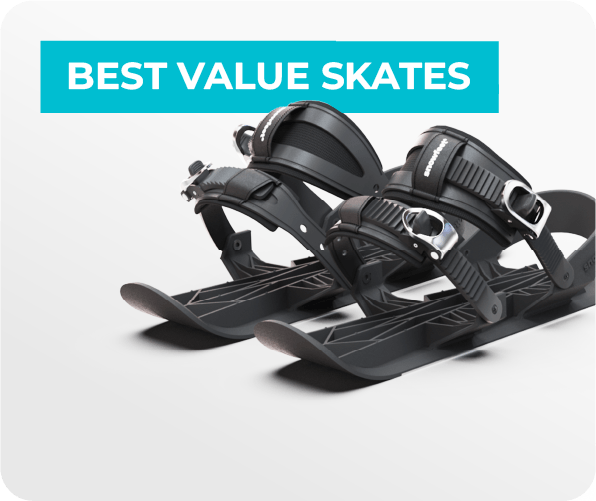



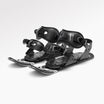
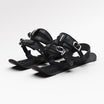
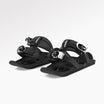
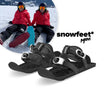

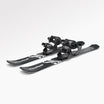

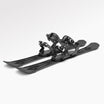
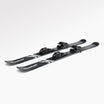






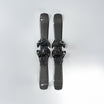
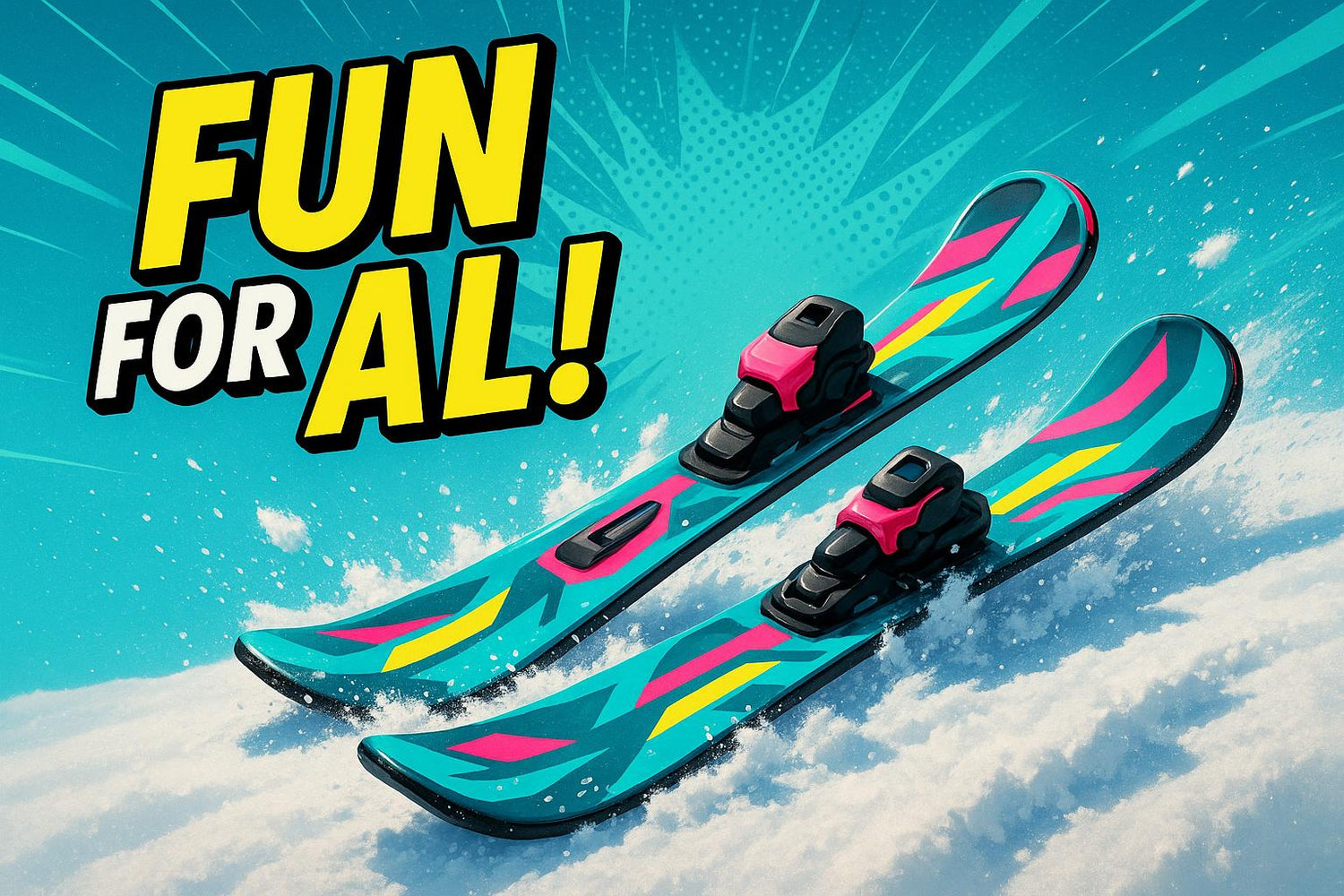
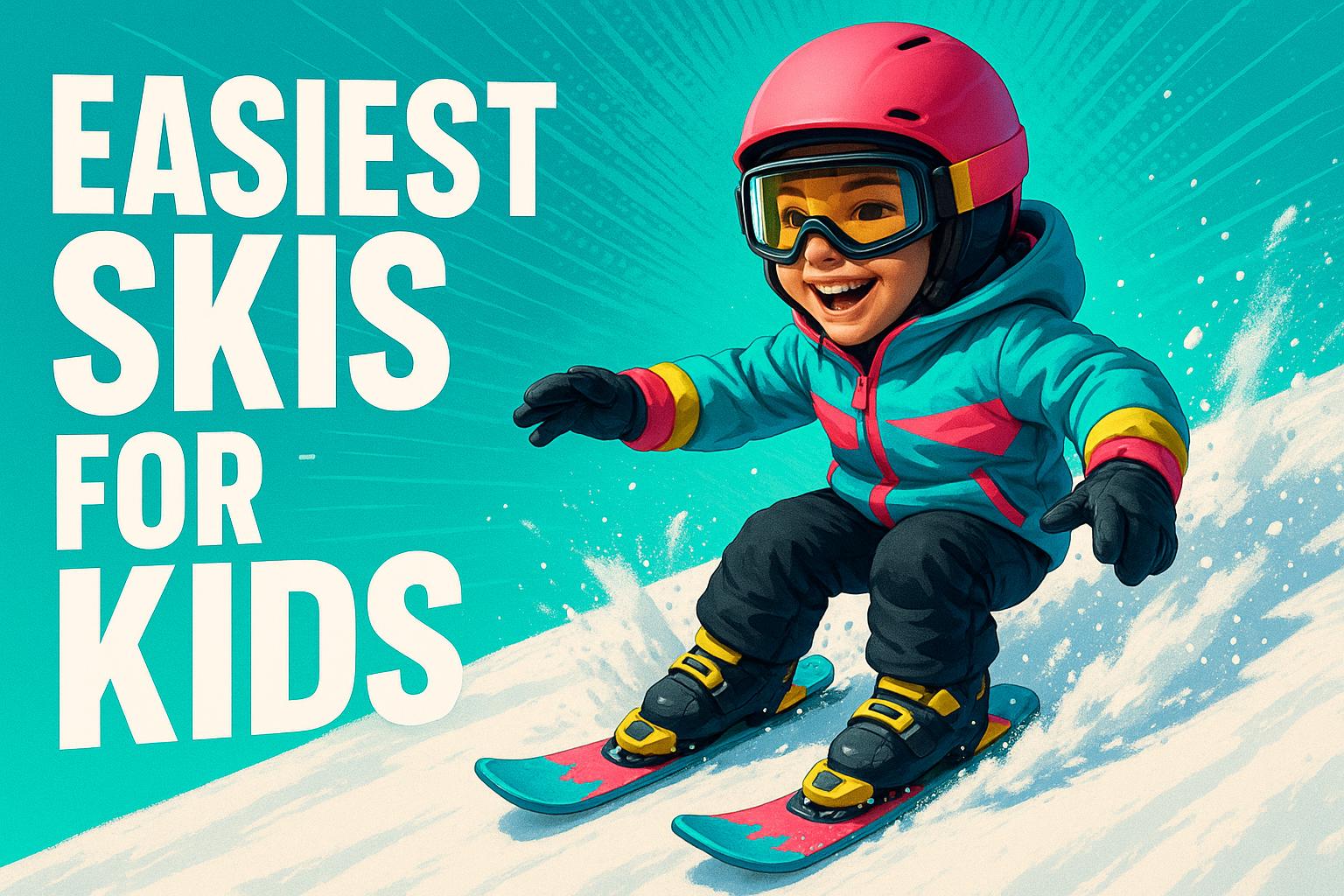

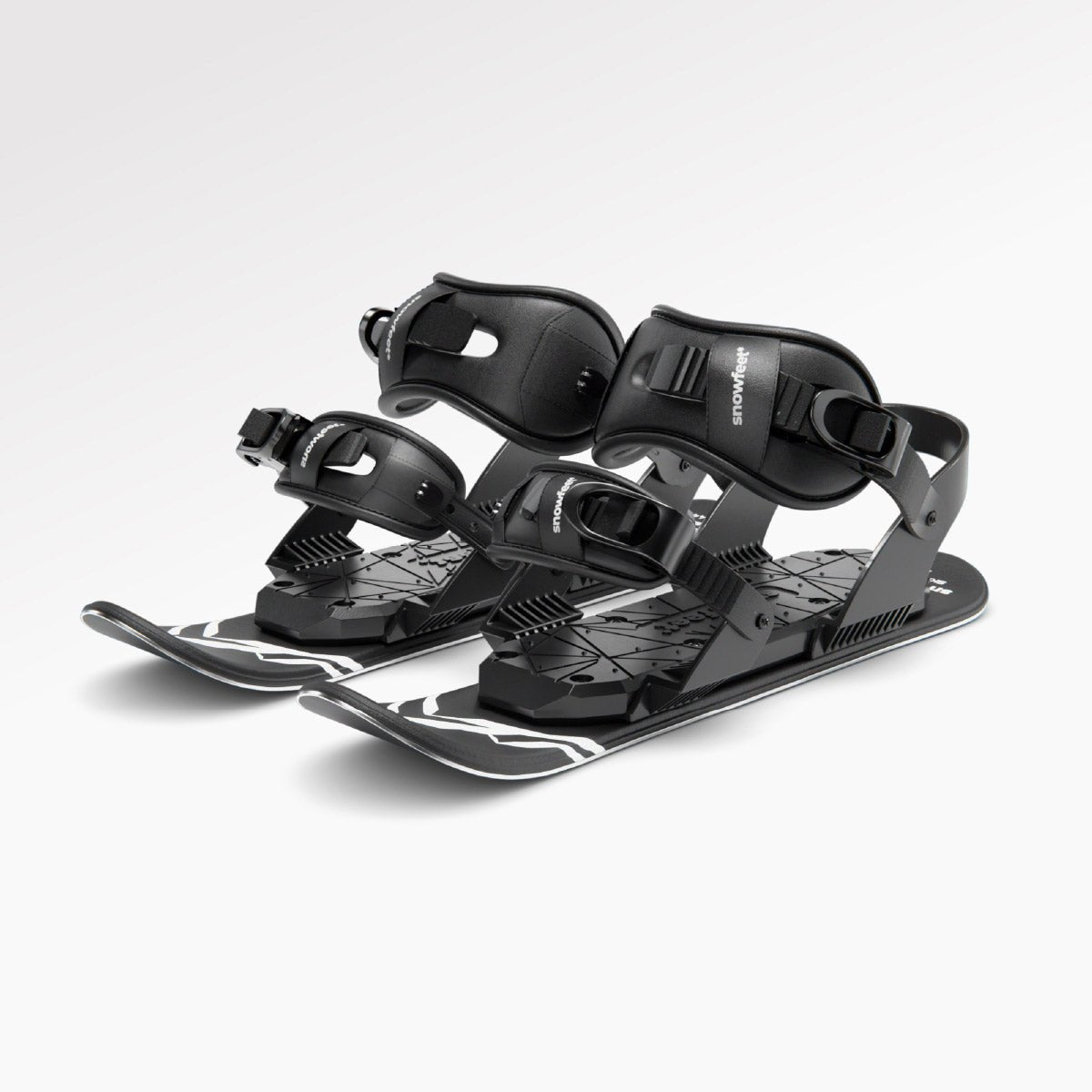
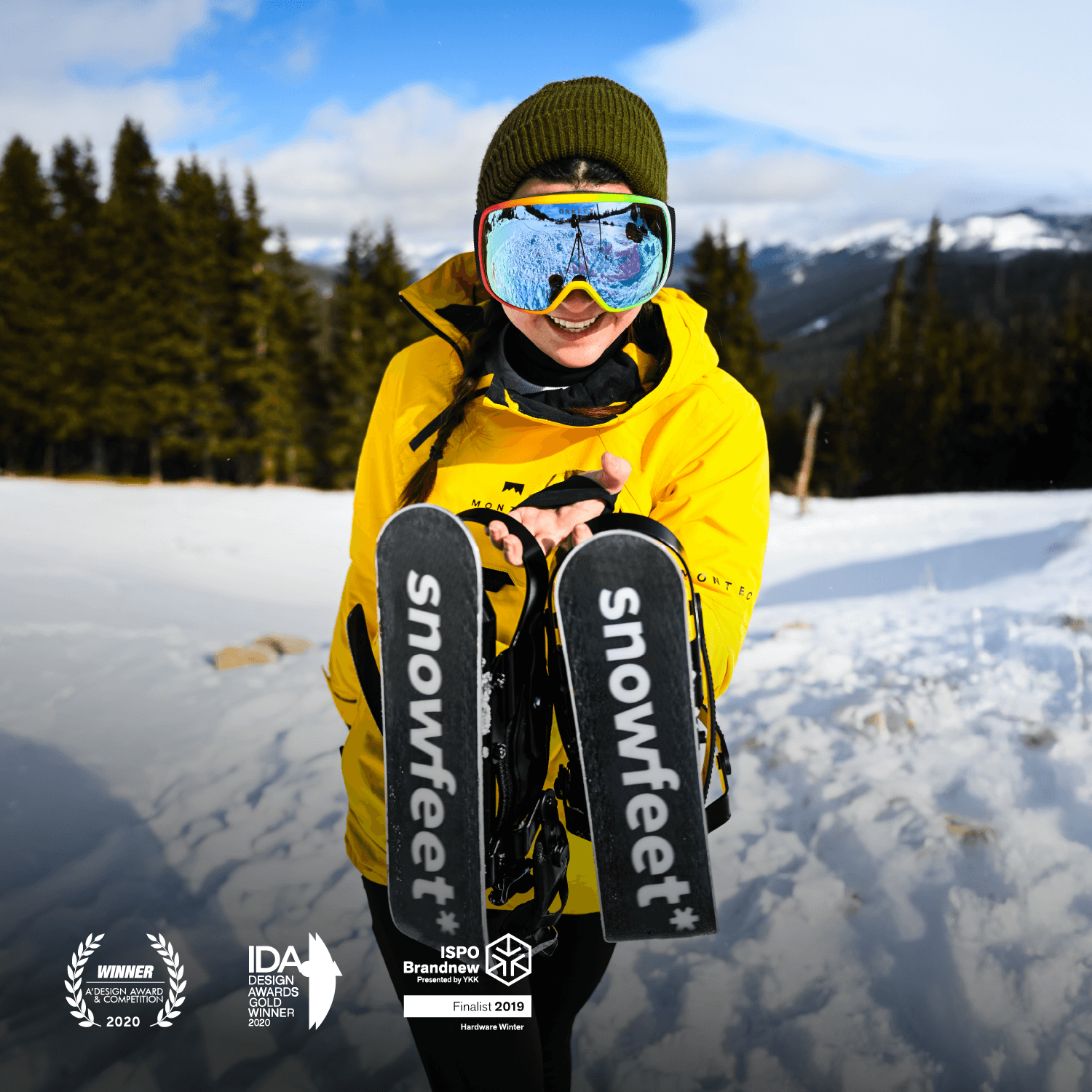
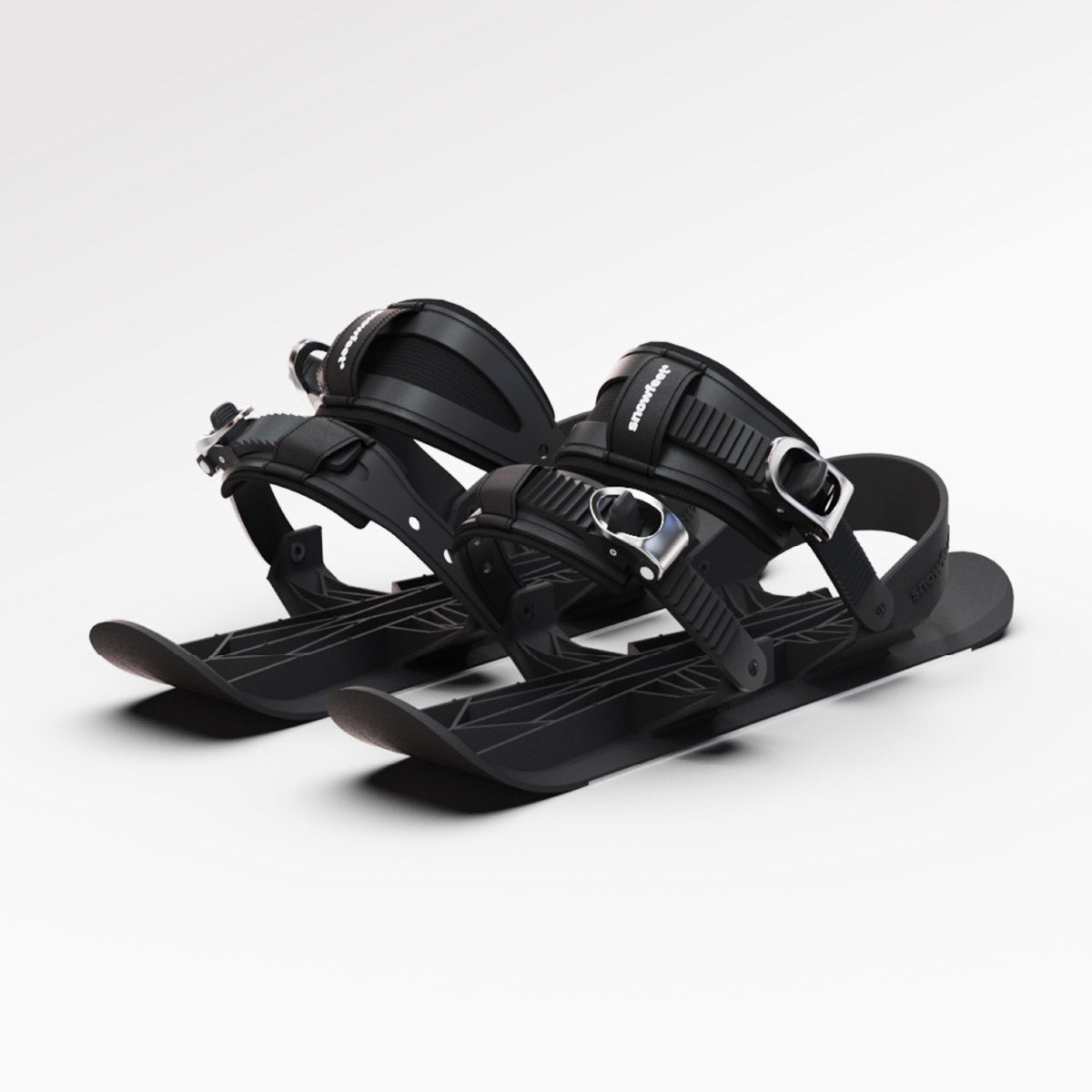

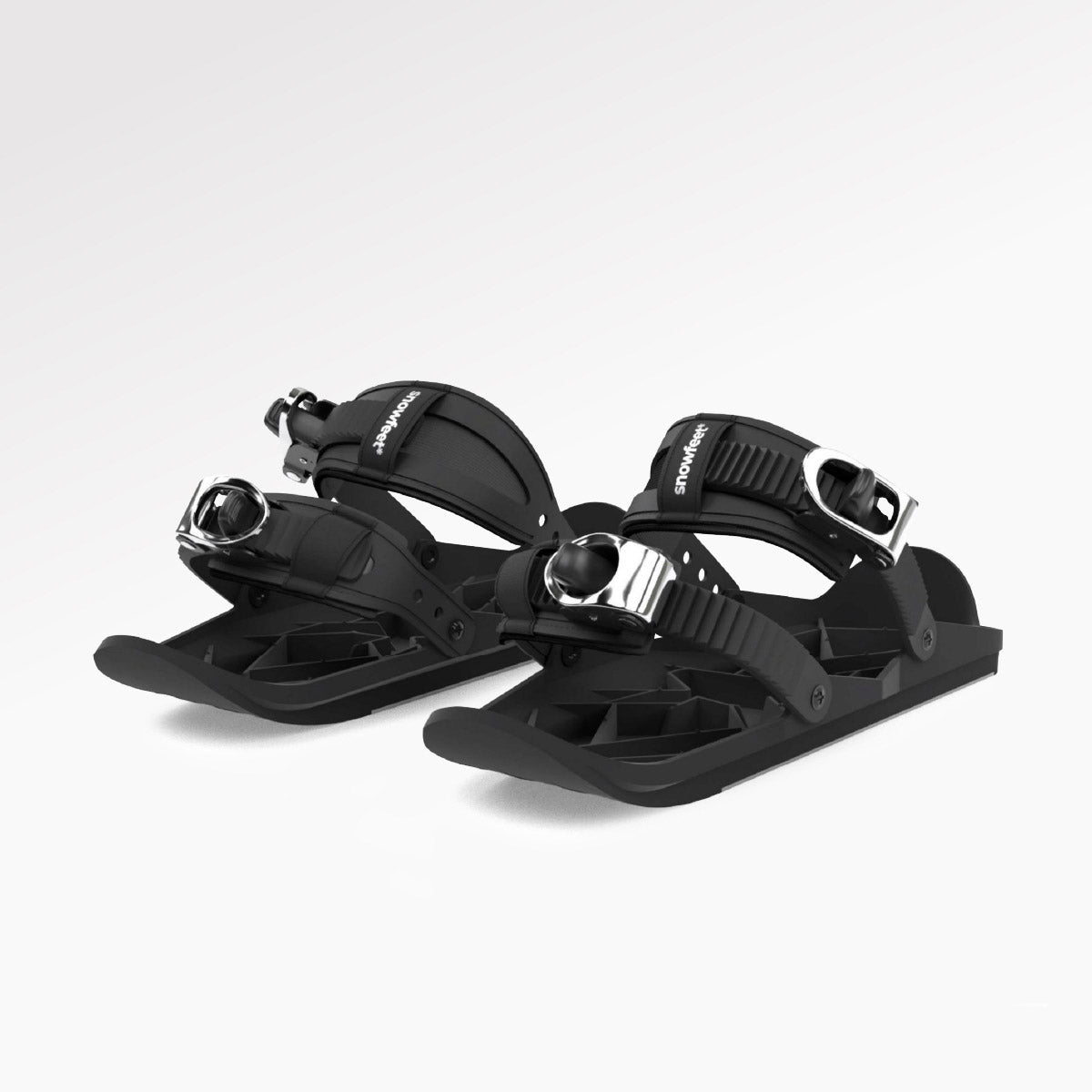
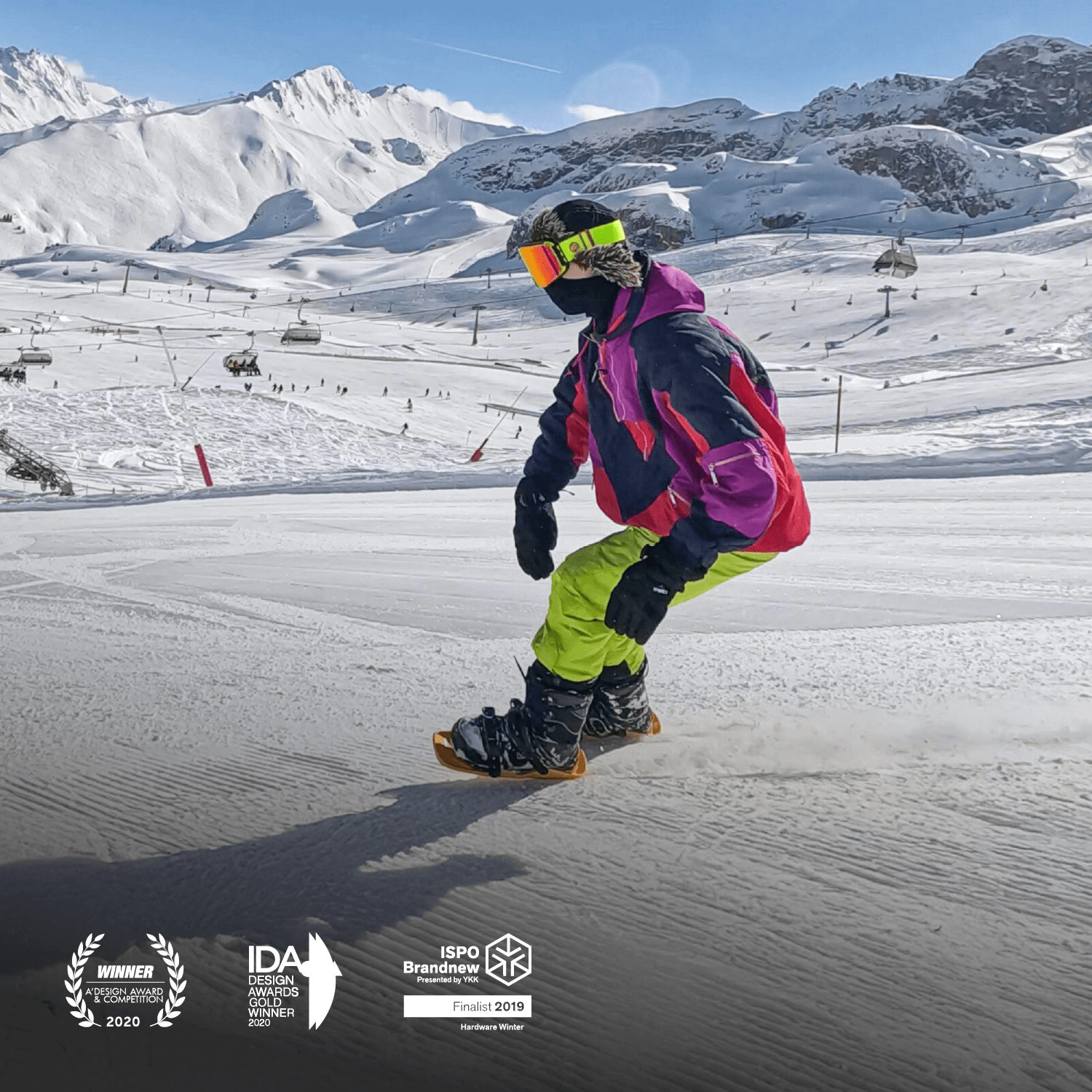


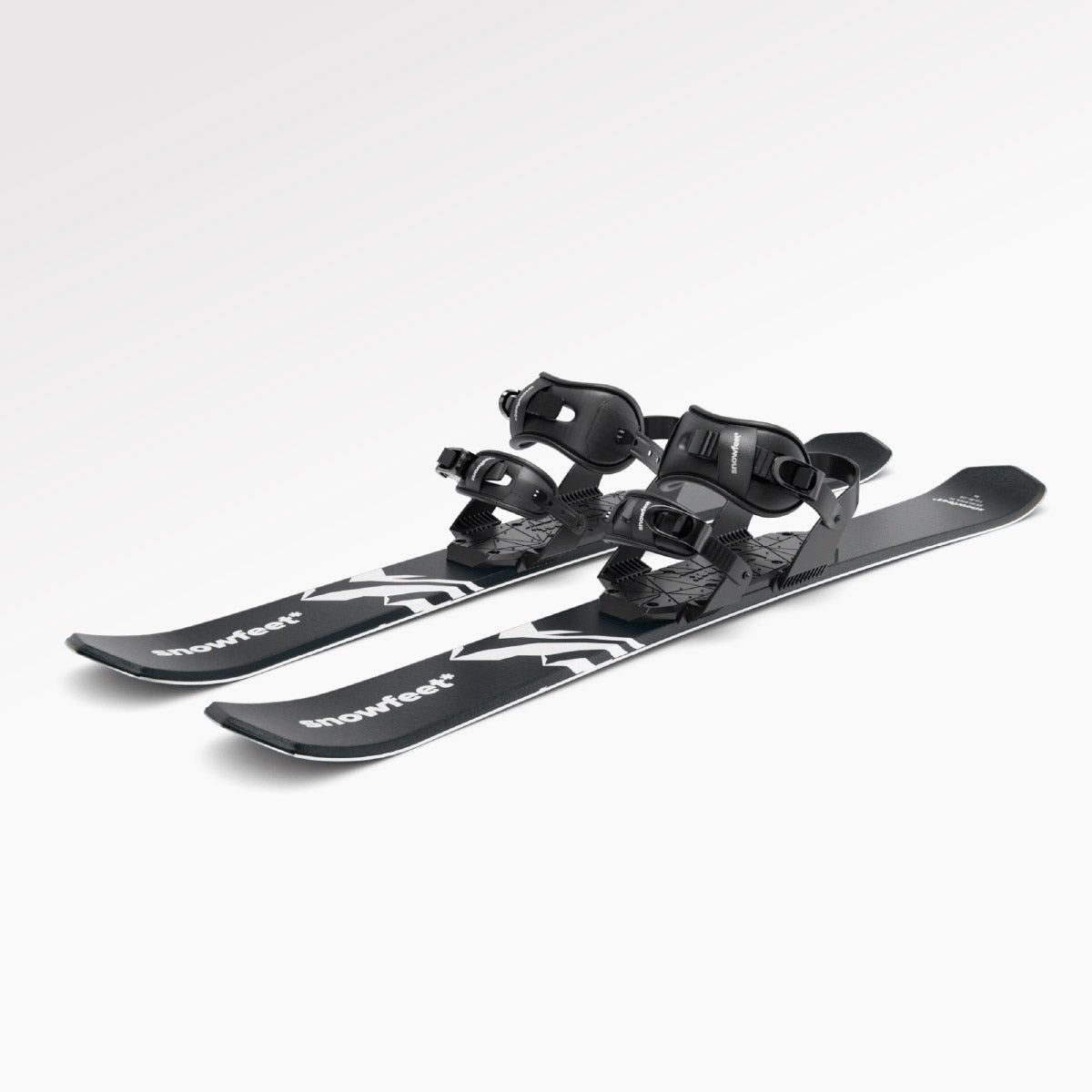
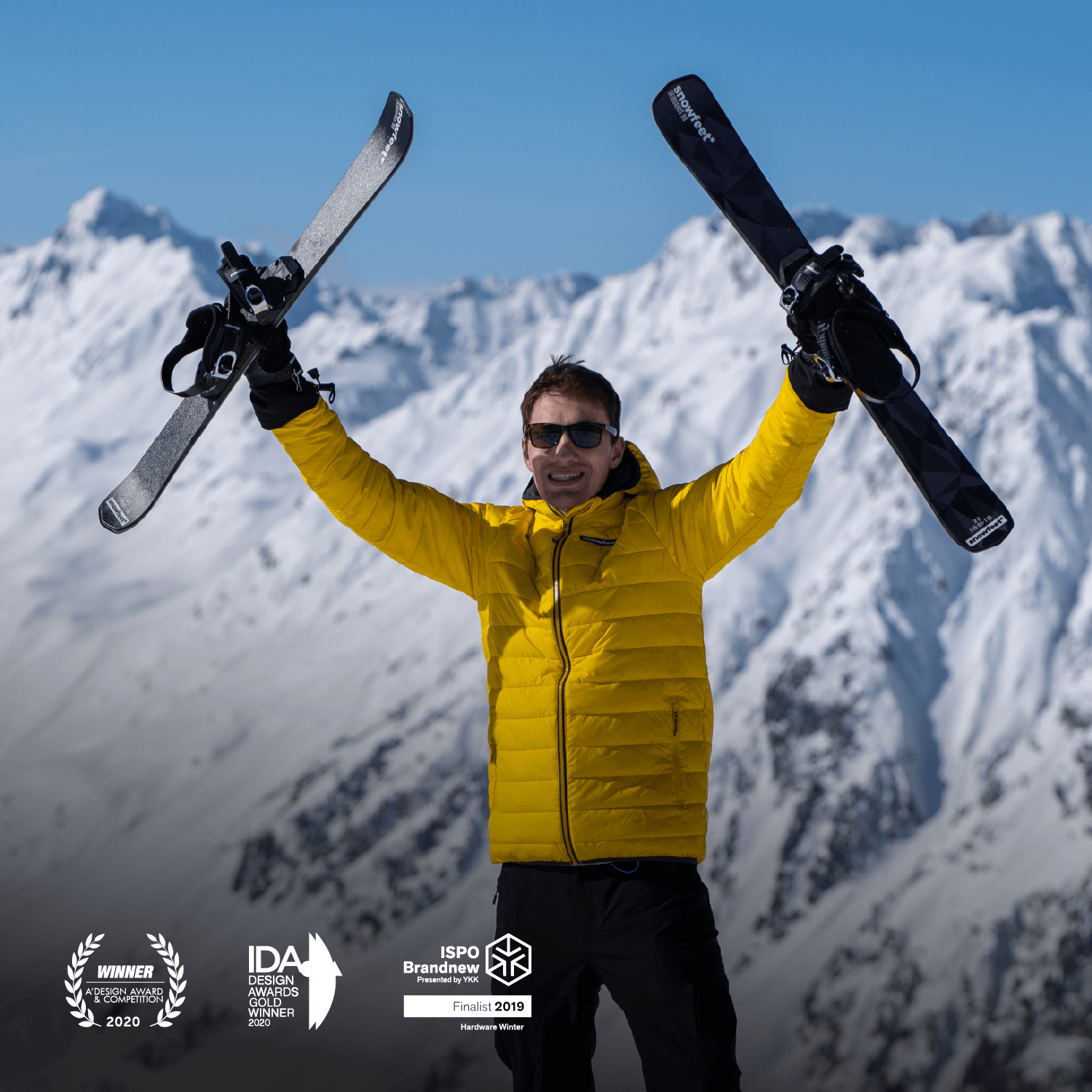
Leave a comment
This site is protected by hCaptcha and the hCaptcha Privacy Policy and Terms of Service apply.